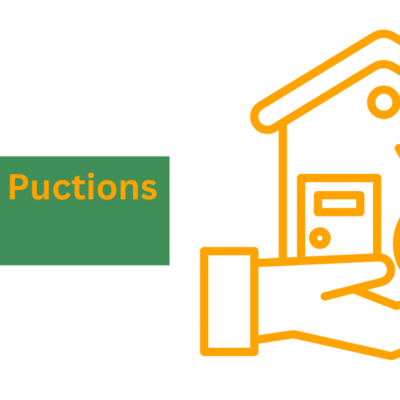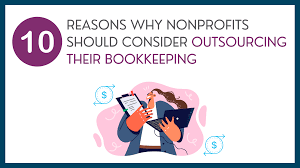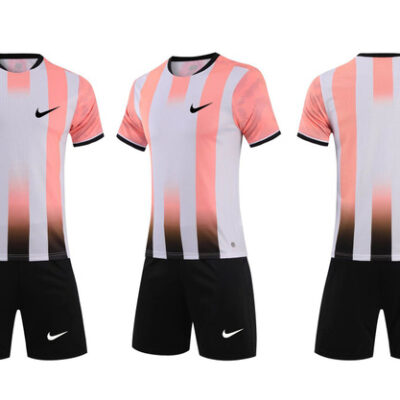Selangor, Malaysia’s economic powerhouse and the most industrialized state in the country, plays a pivotal role in the nation’s manufacturing and logistics ecosystem. As of September 2025, Selangor’s industrial sector contributes over 40% to its GDP, attracting RM15 billion in foreign direct investment (FDI) in the first half of the year alone, driven by sectors like electronics, automotive, and heavy manufacturing. Heavy industrial areas—designated for intensive operations such as metal fabrication, petrochemicals, large-scale machinery production, and resource-heavy processing—require specific zoning under Malaysia’s Uniform Building By-Laws and state guidelines. These zones mandate buffer distances of at least 300 meters from residential areas to mitigate pollution and noise, distinguishing them from light or medium industrial parks.
What makes Selangor’s heavy industrial areas appealing? Proximity to Port Klang—the busiest port in Malaysia—ensures seamless logistics, while robust infrastructure like the North-South Expressway and dedicated power grids supports high-energy demands. The state’s Managed Industrial Parks (MIP) initiative, launched in 2024, further enhances these zones with centralized management, ESG-compliant facilities, and fast-track approvals via Invest Selangor. In 2025, amid global supply chain reshoring, these areas are hotspots for multinational corporations (MNCs) from China, Japan, and Europe, offering land prices 15-20% lower than neighboring states like Johor.
This article discusses about list of heavy industrial area in Selangor, detailing their features, industries, and investment potential. Compiled from state directories and recent reports, the list focuses on zones approved for heavy operations, where factories often span 5-50 acres and require environmental impact assessments (EIA) from the Department of Environment (DOE).

Key Heavy Industrial Areas in Selangor
1. Kapar Heavy Industrial Zone (Klang District)
Nestled in the coastal Klang district, Kapar is a cornerstone for heavy industries, spanning over 1,000 hectares. Developed since the 1980s around the Kapar Power Plant, it hosts petrochemical giants like Petronas and BASF, focusing on refining, chemical processing, and steel fabrication. With direct access to Westport and North Port, Kapar facilitates bulk cargo handling for exports. Land availability remains high, with parcels priced at RM20-30 per sq ft, ideal for expansions in renewable energy storage and EV battery manufacturing. In Q2 2025, FDI here surged 25%, creating 2,500 jobs. Challenges include flood risks, which are mitigated by recent RM500 million drainage upgrades.
2. Bukit Raja Industrial Park (Klang District)
Adjacent to Kapar, Bukit Raja covers 800 hectares and is tailored for heavy engineering and metalworking. Home to companies like Bright Steel and UMW Equipment, it specializes in automotive parts, heavy machinery assembly, and shipbuilding support. Its strategic location, adjacent to the Federal Highway and Klang Industrial Park, enhances supply chain efficiency. Rental yields average 7-8%, with semi-detached factories at RM1.50- 2.00 per sq ft monthly. The park’s MIP status ensures 24/7 security and shared utilities, attracting MNCs like Toyota for overflow production. Recent developments include an RM200 million green tech cluster, aligning with Malaysia’s Net Zero 2050 goals.
3. Pulau Indah Industrial Park (Klang District)
This 500-hectare reclaimed island zone, part of the Port Klang Free Zone (PKFZ), is optimized for heavy logistics-integrated industries like oil & gas fabrication and container terminal operations. Managed by Westports, it features deep-water berths and bonded warehouses, reducing customs delays by 50%. Key tenants include ExxonMobil and Maersk for petrochemical storage. Land prices hover at RM25-35 per sq ft, with incentives like duty exemptions under the PKFZ scheme. In 2025, expansions for LNG facilities have boosted occupancy to 92%, generating RM1.2 billion in economic impact. Environmental safeguards, including mangrove restoration, address coastal concerns.
4. Dengkil Industrial Area (Sepang District)
Southwest Selangor’s Dengkil, encompassing 600 hectares, supports heavy aerospace and defense manufacturing, leveraging proximity to Kuala Lumpur International Airport (KLIA)—parks like Sepang Industrial Park host Boeing suppliers and composite material processors. Zoned for high-impact activities, it offers large plots (10-20 acres) at RM15-25 per sq ft, with tax holidays via MIDA for pioneer status projects. The area’s low population density minimizes buffer zone issues, and 2025 saw a 30% rise in aerospace FDI, fueled by the Malaysian Aerospace Industry Blueprint 2030. Connectivity via the ELITE Highway positions it as a gateway for exports to ASEAN.
5. Banting Industrial Zone (Kuala Langat District)
In the southern tip of Selangor, Banting’s 700-hectare zone is a hub for palm oil processing and heavy agro-industrial operations, with extensions into cement and fertilizer production. Integrated with the West Coast Expressway, it serves firms like Sime Darby Plantation. Affordable land (RM10-20 per sq ft) and halal certification facilities draw sustainable investors. Yields reach 6.5%, supported by the state’s Agri-Industrial Park incentives. Recent investments of RM300 million in biogas plants underscore the shift towards a greener heavy industry.
6. Jenjarom Heavy Industrial Cluster (Hulu Langat District)
Emerging in eastern Selangor, Jenjarom’s 400-hectare cluster focuses on heavy construction materials and mining support, with quarries feeding cement giants like Lafarge. Linked to the Kajang Silk Highway, it offers cost-effective expansion at RM18-28 per sq ft. As an MIP, it provides centralized waste management, appealing to ESG-focused MNCs. 2025 projections indicate 15% growth in infrastructure-related FDI.
These areas represent Selangor’s heavy industrial backbone, with over 5,000 hectares dedicated statewide. Unlike light zones in Shah Alam or Subang Jaya, heavy areas prioritize scale and resilience, often requiring EIA and DOE monitoring.
Investment Opportunities and Challenges
Investing in these zones yields 6-9% returns, outpacing residential by 2x, thanks to e-commerce logistics and EV booms. Incentives include MIDA’s 10-year tax exemptions and Selangor’s Fast Lane approvals (under 6 months). Foreigners face RM2-5 million thresholds but enjoy 100% ownership in manufacturing.
Challenges? Environmental compliance costs 5-10% of capex, and land scarcity in Klang pushes prices up 10% YoY. Mitigation: Partner with agents like Industrial Malaysia for due diligence.
Future Outlook
By 2030, Selangor’s heavy industrial output is projected to grow 8% annually under the New Industrial Master Plan, with green retrofits in Kapar and Dengkil leading the charge. As ASEAN’s manufacturing hub, these areas offer resilient and high-return-on-investment (ROI) prospects.
Conclusion
Selangor’s heavy industrial areas—Kapar, Bukit Raja, Pulau Indah, Dengkil, Banting, and Jenjarom—blend infrastructure, incentives, and scale for global players. Whether expanding petrochemicals in Kapar or aerospace in Dengkil, these zones fuel Malaysia’s ascent. Engage Invest Selangor today to secure your stake in this powerhouse.
Frequently Asked Questions (FAQs)
- What defines a heavy industrial area in Selangor?
Zones for intensive operations like petrochemicals and heavy machinery, with 300m buffers from residences and EIA requirements. - Which heavy industrial area is best for logistics?
Pulau Indah is integrated with Port Klang for seamless exports and bonded facilities. - What are land prices in these areas?
RM10-35 per sq ft, lowest in Banting (RM10-20), highest in Pulau Indah (RM25-35). - Are there incentives for heavy industry investors?
Yes, MIDA tax holidays and Selangor’s MIP fast-tracks, plus PKFZ duty exemptions. - How does Kapar compare to Dengkil for FDI?
Kapar leads in petrochemicals with 25% FDI growth; Dengkil excels in aerospace with 30%.




